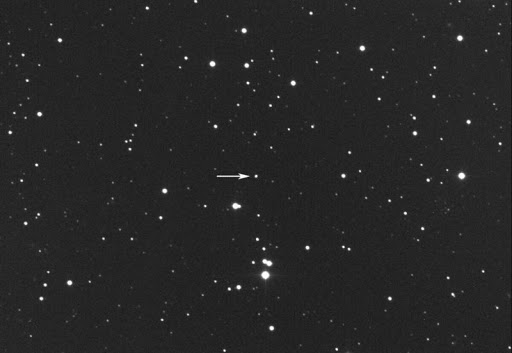The International Astronomical Union considers potentially dangerous asteroids whose orbit approaches
1,489 potentially knowndangerous asteroids that meet these criteria. At the same time, a survey conducted by the WISE satellite from NASA found 4,700 candidates for objects of this class.
Although scientists believe that directnone of these objects is dangerous for the Earth, a deviation of asteroids from the calculated orbit and a fall to the Earth can lead to serious damage in densely populated areas. Such asteroids fall to the Earth about once every 200-300 years.
However, objects larger than 1 km in diameter could wipe out life on Earth.Scientists predict that the fall of such an object on one of the continents will destroyEverything is alive on it, and the shock wave will raise so much dust into the atmosphere that it will stopThis will cause the temperature to drop dramatically.
Astronomers distinguish several very largeobjects whose fall to Earth can lead to such catastrophic consequences. Among them are 1998 OR2, 1999 RQ36 (Bennu), 1950 DA and 2004 MN4 (Apophis).
1998 OR2
1998 OR2 - near-Earth asteroid from the Amur group,discovered in 1998 by a group of astronomers from the NEAT project. Its diameter is 2 km - this makes it the largest of the potentially dangerous near-Earth asteroids.
In this case, the asteroid is dangerous only inthe scale of hundreds, if not thousands of years. Astronomers calculated its orbit until 2197 - during this time only two rapprochements with the Earth will occur. In 2079, the object will approach our planet by 2 million km, in 2127 - by 2.5 million km. Moreover, its orbit does not intersect with the orbit of rotation of our Earth.

April 29, the object will approach our planet onthe distance of 6.3 million km is relatively far, 16 times the distance between the Earth and the Moon. For example, in June 2020, Venus will approach the Earth at 4.3 million km.
1999 RQ36
One of the most dangerous asteroids for the EarthScientists call the 500-meter Bennu, which is now at a distance of about 120 million km from our planet. The mass of the object is 60–78 million tons - its fall to the Earth would be equivalent to a bomb explosion with a capacity of 1,150 megatons of TNT.
According to NASA, the odds of Bennu clashing withEarth makes up 1 out of 2.7 thousand - this is the largest indicator among asteroids. At the same time, the orbits of Bennu and Earth intersect between 2169 and 2199, and the space agency is already studying the asteroid using the OSIRIS-REx probe.
.

The probe will have to clarify the characteristics of the asteroid and its orbit, as well as send soil samples from it to the Earth - it is planned that they will reach their destination in 2023.
1950 DA
Like Bennu, asteroid 1950 DA belongs to the Apollo group, a near-Earth asteroid whose orbits intersectthe Earth's orbit from the outside.
This facility with a diameter of 1.3 km has the highestHazard index according to the Palermo collision hazard scale - a logarithmic scale that uses data on the kinetic energy and the probability of collision of the Earth with a near-Earth object. The 1950 DA index is –1.42. This means that the probability of its collision with the Earth is very high compared to other asteroids.
The closest it will come to Earth is in 2880 — probably an objectwill fall to the surface of the planet, which will lead to catastrophic consequences for the biosphere and abrupt climate changes.
2004 MN4
Asteroid Apophis was discovered in 2004. Previously, NASA astronomers claimed that it could fall to Earth in 2029, but later scientists have revised the trajectory of the cosmic body.
The following after 2029 approximation of Apophis andThe Earth will be held in 2044 - by 16 million km, in 2015 - by 760 thousand km, in 2060 - by 5 million km, and in 2068 the orbits can coincide. This is due to the fact that in 2029 Apophis will slightly change its orbit as a result of a too close approach to the Earth. However, so far this probability is estimated at no more than 2.7%.

Probably, in the future, astronomers will launch an asteroid research apparatus - and may even be able to land on it by analogy with the missions to the asteroid Bennu and the comet Churyumov-Gerasimenko.